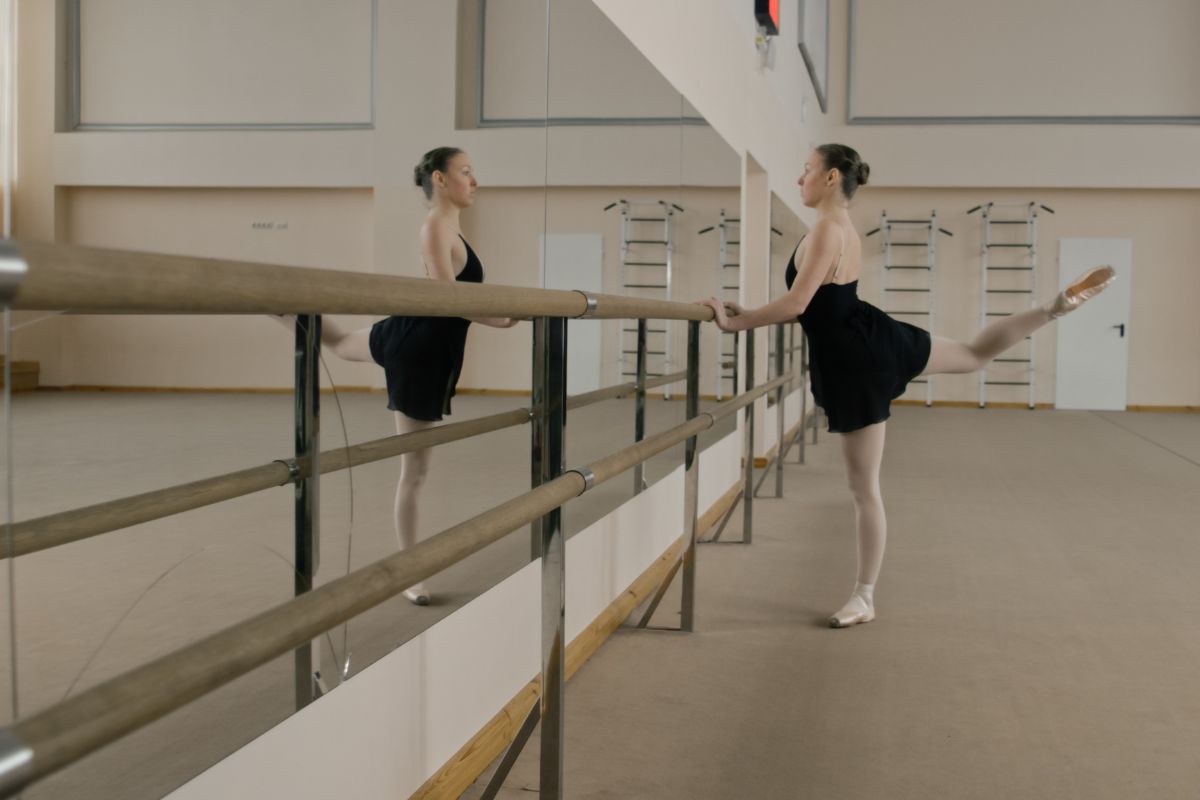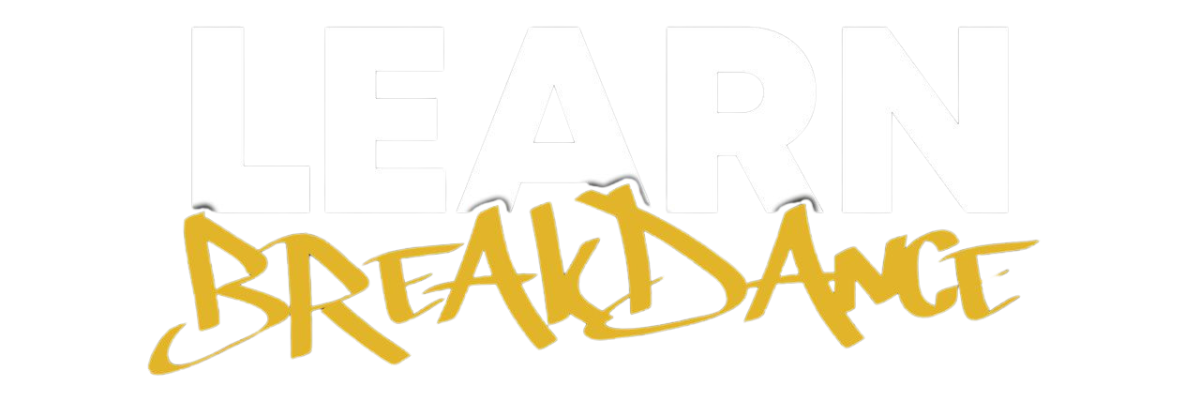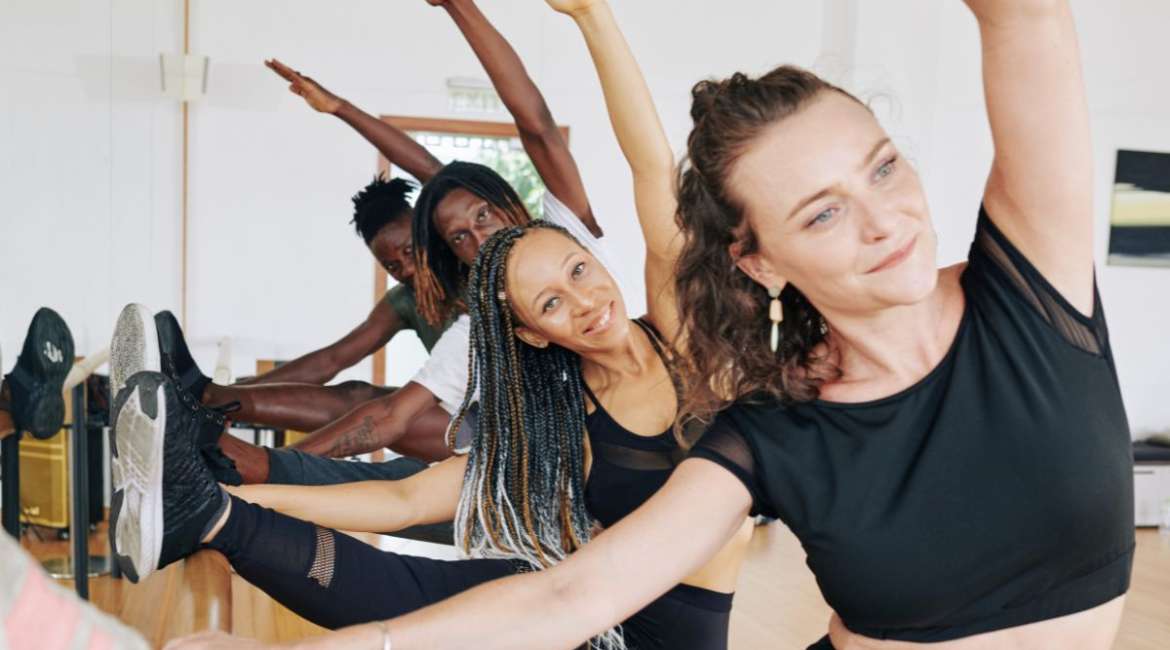Ballet, one of the most graceful and disciplined forms of dance, has a rich history that dates back several centuries. While many recognize its beauty and precision, few fully understand its deep-rooted connection to France and the significant influence of French culture on its development. Originating in the Italian courts during the Renaissance, ballet found its true identity in France, where it flourished under the patronage of monarchs and the refinement of choreographers. From the establishment of formal ballet schools to the standardization of its vocabulary in the French language, France played an instrumental role in shaping ballet into the structured and elegant art form we know today.
Throughout history, ballet has evolved from a form of court entertainment into a highly technical and expressive dance style performed on some of the world’s most prestigious stages. The terminology used in ballet, almost exclusively in French, serves as a testament to its lasting influence on the art form. Whether performed in Paris, New York, Moscow, or Tokyo, ballet dancers around the world use the same French words to describe their movements, reinforcing France’s undeniable imprint on the discipline.
This article delves into the French origins of ballet, tracing its journey from the courts of Renaissance Europe to the grand theaters of today. By exploring the historical milestones, key figures, and fundamental ballet vocabulary, we gain a deeper appreciation for how France helped define and refine one of the most beloved and enduring forms of dance.
Ballet’s French History
Ballet, as an art form, has a long and intricate history that traces back to the 15th and 16th centuries. Its origins can be found in the Italian Renaissance courts, where it was initially performed as a form of entertainment for aristocrats. The dance was characterized by elaborate movements, musical accompaniment, and dramatic storytelling elements. However, it was not until Catherine de’ Medici, an Italian noblewoman who later became the queen of France, introduced ballet to the French court that the art form truly began to flourish. Catherine was a great patron of the arts and played a significant role in popularizing ballet in France. She brought Italian choreographers and composers to her court, leading to the development of ballet as an integral part of French culture.
During the reign of King Louis XIV, ballet reached the peak of its early popularity. Louis XIV, often referred to as the Sun King, was a passionate dancer himself and took an active role in promoting the art. He understood the power of dance not only as a form of entertainment but also as a means of political expression and royal prestige. In 1661, he established the Académie Royale de Danse (Royal Dance Academy), which laid the foundation for formalized ballet training and codified many of the movements that remain fundamental to the discipline today. His dedication to ballet helped cement France’s status as the epicenter of ballet innovation and performance.
One of the most influential figures in early ballet was Jean-Baptiste Lully, an Italian-born composer and dancer who worked closely with King Louis XIV. Lully was instrumental in shaping the style and structure of French ballet, incorporating intricate musical compositions that enhanced the storytelling aspect of performances. His collaboration with playwright Molière led to the creation of comédie-ballet, a fusion of dance and theatrical comedy that became highly popular in the 17th century. Lully’s contributions played a crucial role in the establishment of the Paris Opera, which later gave rise to the Paris Opera Ballet—one of the world’s oldest and most prestigious ballet companies.
Despite its dominance in France, ballet’s popularity began to wane after 1830 due to shifting artistic preferences and the emergence of other theatrical forms. However, rather than disappearing, ballet found new life in other parts of Europe, particularly in Denmark and Russia. In these regions, ballet evolved in unique ways, incorporating local cultural elements and developing distinct styles that would later influence the global ballet scene.
In the late 19th and early 20th centuries, ballet experienced a resurgence, thanks in part to the visionary work of choreographers like Michel Fokine. Fokine, a Russian-born artist, revolutionized ballet by rejecting rigid traditions in favor of more expressive, fluid movements that emphasized emotional depth and storytelling. His innovations helped transform ballet into the sophisticated and versatile art form that continues to captivate audiences worldwide.
Today, France remains a significant cultural hub for ballet, with institutions such as the Paris Opera Ballet continuing to uphold its rich heritage while embracing modern innovations. The legacy of French ballet is deeply embedded in the foundations of classical dance, influencing generations of dancers, choreographers, and composers across the world.

A Collection of Ballet Terms
Ballet, a dance form with deep historical roots, has a unique and precise vocabulary that is essential for dancers to master. Many ballet instructors emphasize the importance of teaching their students the French terminology associated with ballet movements. This is because ballet originated in the French royal courts and, over centuries, the French vocabulary became the universal language of ballet, used by dancers and instructors worldwide, regardless of their native language. Understanding these terms is crucial for clear communication in dance classes, rehearsals, and performances across different countries.
One of the fascinating aspects of ballet terminology is that many of the words, when translated from French, provide clear insights into the movements they describe. This not only helps dancers remember the steps but also deepens their understanding of the art form. Below are some commonly used ballet terms along with their meanings:
Plié (Bend): This term refers to the fundamental bending of the knees, which is performed in various ballet positions. Pliés are essential for building strength, flexibility, and control, as they help dancers absorb movement and prepare for jumps. They can be executed as a demi-plié (a small bend where the heels remain on the floor) or a grand plié (a deeper bend where the heels lift off the ground in most positions except second position).
Changement (Change): This term describes a jump in which a dancer switches the position of their feet in the air. Typically performed in fifth position, a changement involves leaping upward, bringing the feet together momentarily in the air, and then landing with the opposite foot in front. It is a foundational step used in many ballet combinations.
Battement (A high or low kick): The word battement means “beating,” and in ballet, it refers to a variety of leg movements, ranging from small, rapid beats (battement tendu or battement dégagé) to large, dramatic kicks (grand battement). These movements help improve a dancer’s strength, flexibility, and control over leg extensions.
Pas de chat (Step of the cat): Inspired by the nimbleness of a cat, this step involves a graceful, quick leap from one foot to the other while bringing both knees up in a bent position. The movement is light and fluid, mimicking the agility of a cat leaping through the air. This step is commonly found in classical ballet choreography and is often performed in sequences.
Pirouette (A twirl, or turning movement): One of the most recognizable ballet movements, a pirouette is a turn executed on one foot, often en pointe (on the tips of the toes) or demi-pointe (on the ball of the foot). Dancers use precise spotting techniques to maintain balance and control while executing multiple rotations. Pirouettes can be performed in different positions, such as pirouette en dehors (turning outward) or pirouette en dedans (turning inward).
Beyond these basic terms, ballet vocabulary includes hundreds of other steps and movements, each with its own purpose and artistic expression. Mastering these terms is a crucial part of a dancer’s journey, as it enables them to interpret choreography accurately and execute movements with precision. Whether a dancer is just beginning their training or performing at a professional level, a strong grasp of ballet terminology ensures they can communicate fluently in this elegant and timeless art form.
More Ballet Words
As dancers progress in their training, they will encounter an extensive vocabulary of ballet terms, many of which originate from the French language. These terms not only describe specific movements but also help to preserve the rich history and tradition of ballet as a disciplined art form. Below are some more commonly used ballet words along with their meanings:
Barre: This is a horizontal wooden or metal bar, usually attached to a mirrored wall in a ballet studio, where dancers begin their class exercises. The barre is essential for warm-ups and strength-building exercises, helping dancers improve balance, posture, and alignment. Every ballet class typically starts with a series of exercises at the barre before moving to the center of the studio for more advanced movements.
Cavalier: This term refers to the male partner of a female ballet dancer, particularly in classical pas de deux (dance duets). The cavalier plays a crucial role in lifting, supporting, and complementing his partner’s movements with strength and grace. Many famous ballets, such as The Nutcracker and Sleeping Beauty, feature a cavalier as the male lead opposite the ballerina.
Chassé: Meaning “chased” in French, this step involves one foot chasing the other out of its original position. It is often performed in a series of quick, gliding movements across the stage, giving the illusion of smooth, flowing motion. Chassés are commonly used in both classical and contemporary ballet choreography.
Développé: This elegant movement involves the working leg being drawn up to the knee of the supporting leg before slowly extending outward into an open position. The leg is then held in place momentarily, demonstrating control and fluidity. Développés are used to showcase a dancer’s strength, flexibility, and balance, often seen in adagio sequences.
Fondu: Meaning “to melt” in French, fondu describes a movement in which the supporting leg gradually bends while lowering the body. This step is often compared to a plié but performed on one leg rather than two. Fondu is used to develop strength and coordination, as well as to create seamless transitions between movements.
Relevé: Derived from the French word meaning “raised,” relevé refers to the action of rising onto the balls of the feet (demi-pointe) or fully onto the toes (pointe). This movement requires strong ankle and calf muscles, as it is essential for achieving balance and height in jumps and turns. Relevés are practiced extensively in ballet training to build strength and precision.
While these terms may sound sophisticated and complex, many of them are simply French words that describe the movement in a straightforward manner. Some dancers and enthusiasts believe that the use of French vocabulary gives ballet an air of elegance, formality, and mystery. Regardless of one’s background, learning and understanding these terms is an essential part of mastering the art of ballet. By embracing the language of ballet, dancers not only improve their technique but also connect with the deep cultural and historical traditions of this timeless art form.
The Influence of French Royalty on Ballet’s Growth
One of the most significant reasons ballet flourished in France was the direct patronage of the French monarchy. Catherine de’ Medici, an Italian noblewoman who became the Queen of France in the 16th century, played a crucial role in bringing ballet from Italy to the French court. She supported ballet performances as court entertainment and helped fund the development of early dance productions. However, it was under King Louis XIV that ballet reached new heights of sophistication and structure.
Known as the “Sun King,” Louis XIV was not only a patron of the arts but also an accomplished dancer himself. He frequently performed in ballet productions, including Le Ballet de la Nuit, where he famously played the role of the Sun. His deep passion for ballet led him to establish the Académie Royale de Danse (Royal Academy of Dance) in 1661, which set formal training standards for dancers. This institution later evolved into the Paris Opera Ballet, one of the world’s oldest and most prestigious ballet companies.
Louis XIV’s influence extended beyond the establishment of dance institutions. He worked closely with influential choreographers like Pierre Beauchamp, who is credited with defining the five fundamental positions of ballet. These positions remain the cornerstone of classical ballet technique today. Through Louis XIV’s patronage, ballet transitioned from a form of court entertainment to a professionalized art with codified movements, structured performances, and an emphasis on technical precision.

The Role of French Ballet Masters in Shaping Technique
French ballet masters played a crucial role in shaping the technical foundations of ballet, many of which are still taught worldwide today. Jean-Baptiste Lully, a composer and ballet director, collaborated closely with Louis XIV and helped standardize the use of music in ballet productions. His compositions added depth to ballet performances by creating a seamless blend between movement and sound, making storytelling through dance more expressive.
Another important figure was Auguste Vestris, a French ballet dancer from the 18th century who became one of the most renowned teachers of his time. He emphasized fluidity, precision, and elegance, inspiring generations of dancers who carried the French style across Europe. His influence extended beyond France, shaping Russian ballet, which later produced some of the most celebrated ballet dancers and choreographers.
Even in the 19th and 20th centuries, French ballet masters continued to shape the evolution of the art form. Ballets such as Giselle, one of the most famous romantic ballets, originated in France before becoming a global phenomenon. Choreographers like Marius Petipa, although later associated with Russian ballet, were deeply influenced by French ballet traditions before bringing them to new heights in St. Petersburg.
How the French Language Became Ballet’s Universal Language
One of the most fascinating aspects of ballet is its reliance on the French language, regardless of where it is performed. The reason behind this is historical—since France played a dominant role in developing and formalizing ballet, its terminology became the standard. When ballet spread to Russia, England, Denmark, and later the United States, dancers and instructors adopted the French vocabulary rather than translating the terms into their native languages.
For example, a dancer in Japan, Brazil, or Canada will still use terms like plié, pirouette, and arabesque in their training, reinforcing the idea that ballet is a universal art form. This uniformity allows dancers to train and perform internationally without needing to learn a new set of terms. Even modern variations of ballet, such as contemporary ballet and neoclassical ballet, still use the same foundational French terminology.
What is neoclassical ballet? Neoclassical ballet is a style of ballet that emerged in the early 20th century as a response to the rigid structure and elaborate storytelling of classical and Romantic ballet. It maintains the precision and technique of classical ballet but introduces greater freedom in movement, musicality, and expression. This style strips away excessive theatrical elements, focusing instead on the physicality and artistry of the dancers.
One of the defining characteristics of neoclassical ballet is its simplified costumes and set design. Unlike traditional ballets, which often feature grand sets and ornate costumes, neoclassical ballet embraces minimalism. Dancers typically wear leotards and tights rather than heavy tutus, and the stage is often bare or minimally decorated. This reduction in visual elements shifts the audience’s attention to the movement itself, highlighting the dancer’s technique and form.
Another key feature of neoclassical ballet is its increased speed and energy. Classical ballet movements tend to be controlled and deliberate, whereas neoclassical ballet often pushes the boundaries with quicker transitions, sharper angles, and unexpected changes in tempo. This creates a more dynamic and exciting experience for both the dancers and the audience. The choreography frequently challenges dancers to execute precise yet fluid movements at a faster pace, making performances feel more contemporary and less restrained.
While classical ballet is deeply rooted in narrative storytelling, neoclassical ballet places less emphasis on plot and more on movement and musical interpretation. Instead of telling a detailed story like Swan Lake or Giselle, neoclassical ballet often explores abstract themes or simply expresses the emotion of the music through dance. This shift allows for more versatility in performances and enables choreographers to experiment with form and structure in ways that classical ballet does not.
This linguistic consistency is unique to ballet. Unlike other dance styles that may vary in terminology from one country to another, ballet remains connected to its French heritage through its vocabulary. This shared language creates a sense of unity among dancers worldwide and ensures that the traditions of classical ballet remain intact even as the art form evolves.
Conclusion
Ballet’s journey from its early beginnings in the Italian courts to its refinement and expansion in France illustrates how cultural influence can shape an art form on a global scale. While ballet has been embraced and transformed by various countries, from Russia’s dramatic storytelling to Denmark’s precise techniques, its foundation remains deeply rooted in France. The establishment of formal ballet academies, the development of its codified technique, and the adoption of a universal French vocabulary all highlight France’s unparalleled contribution to the art.
Today, ballet continues to captivate audiences worldwide, with dancers performing breathtaking feats of agility and grace while adhering to the traditions set forth centuries ago. The elegance of French ballet terminology, the structured discipline of classical training, and the artistry of movement all serve as reminders of the enduring legacy of France in the world of dance. Whether an aspiring dancer learning the first steps at the barre or a seasoned performer gracing the stage of the Paris Opera Ballet, every movement in ballet is a tribute to its rich French heritage.
Understanding ballet’s French origins not only deepens our appreciation for the art but also reminds us of the power of cultural exchange in shaping artistic expression. As ballet continues to evolve in contemporary times, its French foundation ensures that it remains timeless, elegant, and universally recognized across generations and borders.


Leave a reply